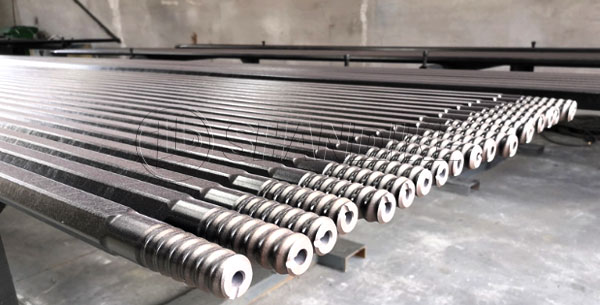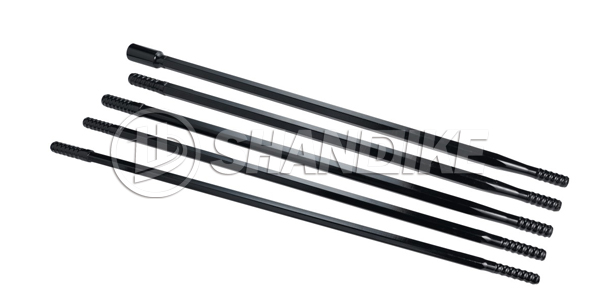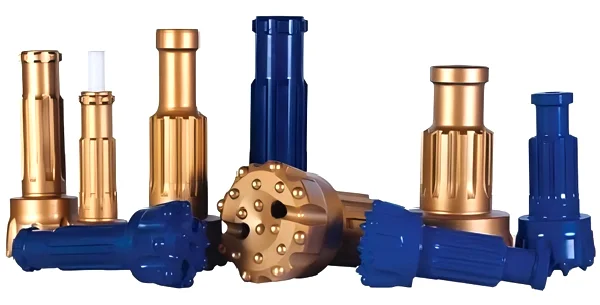Failure Analysis of Threaded Drill Rods
Threaded drill rods are critical components in drilling operations, widely used in mining, oil and gas exploration, and geotechnical engineering. Failures in these components can lead to costly downtime, safety hazards, and operational inefficiencies. A systematic failure analysis is essential to identify root causes and implement corrective measures. Below is a structured approach to analyzing failures in threaded drill rods:
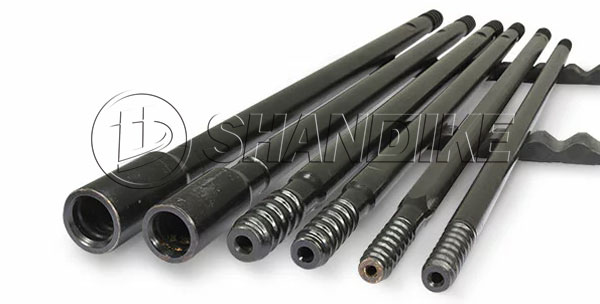
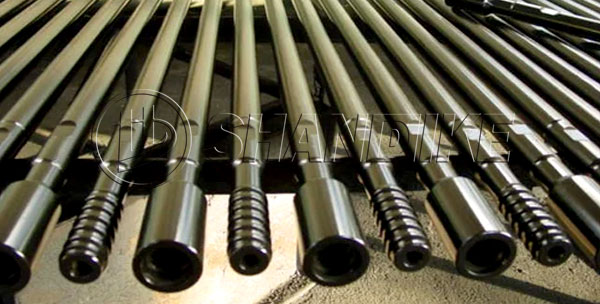
1. Common Failure Modes
Fatigue Fracture:
Cyclic loading during drilling induces stress concentrations at thread roots or transitions, leading to crack initiation and propagation.
Often characterized by beach marks or ratchet marks on fracture surfaces.
Overload Failure:
Sudden fracture due to excessive axial/torsional loads (e.g., hitting hard formations or obstructions).
Features include brittle fracture surfaces or plastic deformation.
Wear and Galling:
Thread wear, abrasion, or material transfer due to poor lubrication, misalignment, or inadequate hardness.
Corrosion-Induced Failure:
Pitting, stress corrosion cracking (SCC), or hydrogen embrittlement in corrosive environments (e.g., acidic or saline conditions).
Manufacturing Defects:
Inclusions, porosity, improper heat treatment, or machining errors (e.g., incorrect thread geometry).
2. Key Factors Contributing to Failure
Material Selection:
Inadequate steel grade (e.g., low toughness or hardness) for the application.
Poor resistance to corrosion or hydrogen embrittlement.
Design Flaws:
Insufficient thread root radius, sharp transitions, or inadequate stress distribution.
Operational Conditions:
Excessive torque, vibration, or bending stresses.
Drilling in abrasive or corrosive formations.
Maintenance Issues:
Lack of lubrication, improper handling, or failure to replace worn components.
3. Analytical Techniques for Failure Investigation
Visual Inspection:
Document fracture surface morphology, wear patterns, and corrosion.
Metallurgical Analysis:
Microstructure examination (e.g., grain size, decarburization) using optical microscopy or SEM.
Hardness testing to verify heat treatment consistency.
Fractography:
SEM/EDS analysis to identify fracture mechanisms (e.g., fatigue striations, cleavage facets).
Chemical Analysis:
Verify material composition (e.g., carbon content, alloying elements).
Non-Destructive Testing (NDT):
Ultrasonic testing, magnetic particle inspection, or dye penetrant to detect subsurface cracks.
Stress Analysis:
Finite element analysis (FEA) to evaluate stress distribution in threads.
4. Case Study Example
Scenario: Fatigue failure of a drill rod thread in a mining operation.
Findings:
Beach marks on the fracture surface indicated cyclic fatigue.
Microscopic analysis revealed microcracks initiating at thread roots due to stress concentration.
Hardness testing showed inconsistent heat treatment (soft spots).
Root Cause: Poor thread design (sharp root radius) combined with suboptimal heat treatment.
Solution:
Redesign threads with larger root radii.
Implement stricter quality control for heat treatment processes.
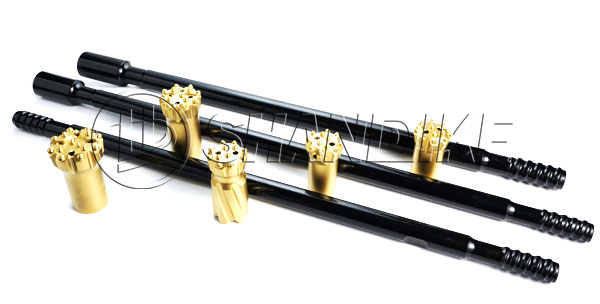
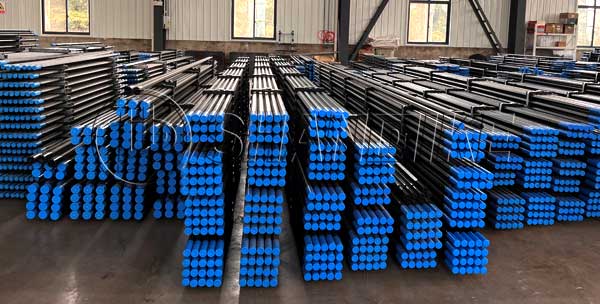
5. Preventive Measures
Design Optimization:
Increase thread root radii, use tapered threads, or apply shot peening to enhance fatigue resistance.
Material Upgrades:
Use high-grade alloy steels (e.g., 4140/4340) with corrosion-resistant coatings (e.g., phosphate, DLC).
Improved Manufacturing:
Ensure precise machining, proper heat treatment (quenching and tempering), and stress-relief annealing.
Operational Best Practices:
Monitor torque/load limits, use appropriate drilling fluids for lubrication, and avoid over-tightening connections.
Regular Maintenance:
Inspect threads for wear/cracks, replace damaged rods, and enforce proper storage to prevent corrosion.
6. Conclusion
Failure analysis of threaded drill rods requires a multidisciplinary approach combining metallurgy, mechanical engineering, and operational insights. Addressing root causes through design improvements, material upgrades, and proactive maintenance can significantly extend service life and enhance drilling efficiency. Continuous monitoring and adherence to industry standards (e.g., API, ISO) are critical to mitigating risks in demanding drilling environments.
